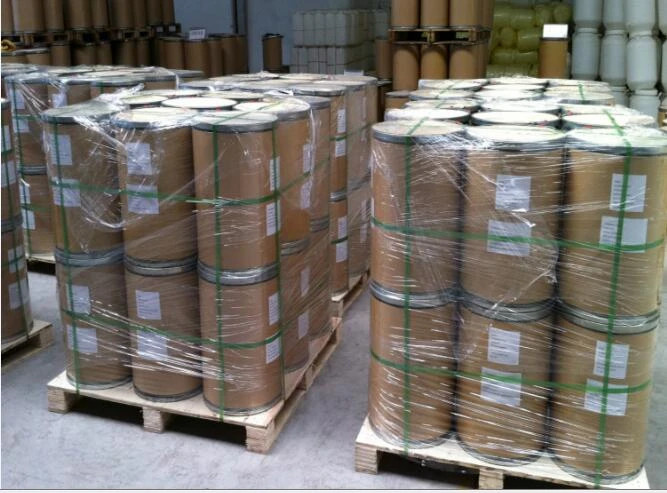Chemicals Used to Treat Sewage An Overview
Sewage treatment is a critical process in maintaining public health and environmental sustainability. As urban areas expand and populations grow, the management of wastewater becomes increasingly important. The goal of sewage treatment is not only to remove harmful pathogens and pollutants but also to ensure that discharged water meets environmental standards before it is returned to natural water bodies. Chemicals play a crucial role in various stages of the sewage treatment process, ensuring the effective removal of contaminants. This article discusses the primary chemicals used in sewage treatment and their functions.
1. Coagulants
Coagulation is often the first step in the sewage treatment process. In this stage, coagulants are added to the sewage to neutralize the charge of suspended particles, allowing them to cluster together and form larger aggregates, known as flocs. Common coagulants include aluminum sulfate (alum) and ferric chloride. These chemicals help to remove suspended solids, colloidal particles, and some dissolved substances from wastewater, significantly enhancing the efficiency of subsequent filtration and sedimentation processes.
2. Flocculants
Following coagulation, flocculation occurs, where the flocs formed during coagulation are allowed to bond together into larger aggregates. Flocculants, such as polyacrylamide and various natural organic polymers, aid this process. While coagulants help in the initial aggregation, flocculants improve the settling characteristics of the flocs, which ensures that a higher volume of sludge is removed from the water, leading to clearer effluent.
3. Disinfectants
After the removal of solid pollutants, the treatment process often involves disinfection to eliminate remaining pathogens and microorganisms. Chlorination has been a traditional method, involving the addition of chlorine or chlorine compounds to kill bacteria and viruses effectively. However, due to concerns about the formation of harmful chlorinated by-products, alternative disinfectants like ozone and ultraviolet (UV) light are increasingly utilized. Ozone is a powerful oxidant that not only kills pathogens but also helps in breaking down organic contaminants. UV light treatment is a chemical-free method; it disrupts the DNA of microorganisms, rendering them inactive.
what chemicals are used to treat sewage

4. pH Adjusters
The pH of wastewater can significantly affect the effectiveness of treatment processes. Acidic or alkaline conditions may hinder coagulation, flocculation, and disinfection. To manage this, pH adjusters like lime (calcium hydroxide) or sulfuric acid are added to maintain optimal pH levels during treatment. Proper pH balance is crucial for maximizing the effectiveness of coagulants and disinfectants, thus improving overall treatment efficiency.
5. Nutrient Removal Chemicals
In some sewage treatment facilities, particularly those focused on nitrogen and phosphorus removal, specialized chemicals are used. For nitrogen removal, compounds like potassium nitrate or ammonium sulfate may be added to facilitate biological processes that convert ammonia to less harmful substances. For phosphorus removal, chemical precipitation is often employed, using metal salts such as ferric chloride or aluminum sulfate to bind with phosphorus and remove it from the water before discharge.
6. Defoamers
Foaming can occur during sewage treatment, particularly in biological processes. Excessive foam can interfere with equipment and the efficiency of treatment. Defoamers, typically silicone-based or organic compounds, are added to control foam formation. These chemicals help maintain the functionality of treatment systems, ensuring smooth operation.
Conclusion
Sewage treatment is a complex process that requires a combination of physical, biological, and chemical methods to ensure effective pollutant removal. The chemicals used in this process, from coagulants and flocculants to disinfectants and pH adjusters, play a vital role in safeguarding public health and protecting natural ecosystems. As technology and environmental regulations evolve, the use of these chemicals may also continue to adapt, emphasizing sustainability and safety. Understanding the role of these chemicals is essential for those involved in wastewater management and for the broader community concerned with environmental practices.

